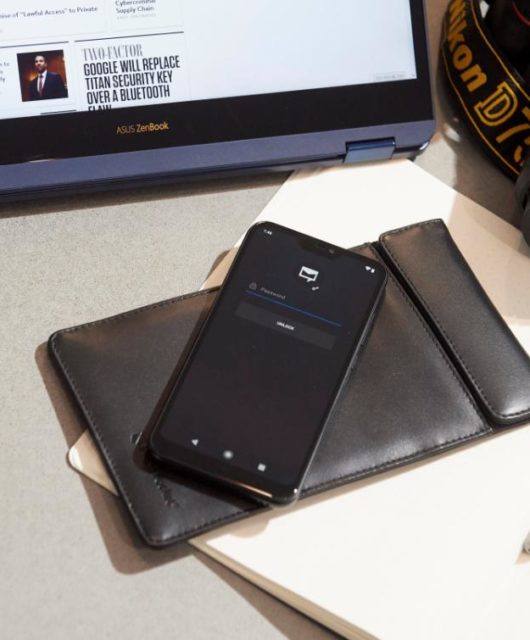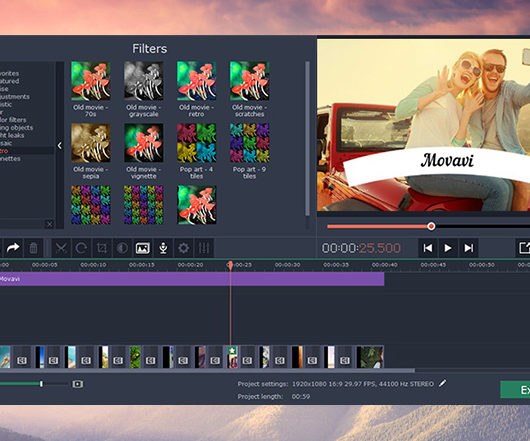What Makes a Good Welcome Email?
 An email address is a personal thing. When you give your email address to someone, there’s a reasonable expectation that they’ll (a) respect your privacy/avoid sharing your email address with anyone else, and (b) provide value in the form of substantive content.
An email address is a personal thing. When you give your email address to someone, there’s a reasonable expectation that they’ll (a) respect your privacy/avoid sharing your email address with anyone else, and (b) provide value in the form of substantive content.
Nobody likes to get spammed when they opt-in to an email list, join a membership group, or purchase a subscription, but a few targeted emails within the first few days can go a long way towards establishing goodwill, building trust, and eventually moving people to action. And the “welcome email” is up first.
Table of Contents
What is a Welcome Email?
A welcome email is just what it sounds like. It’s an introductory email that you send to all new customers/subscribers immediately after they signup. It greets them, thanks them for their support/participation, and provides some context on what to expect next.
A welcome email is more than a formality; it’s a critical piece to the success of managing and nurturing any email list. Here are a few reasons why:
- Welcome emails generate 86 percent higher open rates than regular promotional emails.
- Welcome emails engage people immediately after they’ve taken action. This allows you to reach people when they’re most optimistic and excited (thus, more likely to follow through on additional calls-to-action).
- Welcome emails set the first impression and establish an expectation for future emails and correspondence.
Tips for Writing a Good Welcome Email
Whether or not you’re aware of the three specific welcome email benefits listed above, you’re almost certainly already sending some version of a welcome email. The question is, are you doing it well? Here are a few tips to help you along:
1. Send it Right Away
Don’t wait to send a welcome email. It should be sent in seconds or minutes – not hours or days. People are most excited about what you have to offer them at the point of purchase/subscription. As the hours tick away, this enthusiasm wanes. So by sending your welcome email right away, you’re able to capitalize on their excitement.
2. Clear and Engaging Subject Line
Cryptic subject lines and super clever word plays have their place, but they shouldn’t be used alongside a welcome email. You want your subject line to be as clear and engaging as possible.
Many marketers use the word “welcome” at the very front of the subject line. This increases the likelihood that the subscriber will notice that it’s a welcome email and engage with it. (Remember people like opening welcome emails more than standard emails.)
3. Personalize the Email
Nobody likes feeling like they’re on the receiving end of a generic email blast that’s sent out to thousands of people. It’s off-putting, spammy, and might even make some people feel disrespected. In light of this, infuse some flavor whenever and wherever possible.
“From the subject line to the opening statement, try to personalize the email as much as you can,” MembershipWorks advises. “Address members by their names and pronouns.”
These are small details, but they have a major impact. And with streamlined “tagging” systems inside all major email marketing platforms, it’s possible to personalize emails in bulk without spending any extra time.
4. Provide an Action Step
With as much engagement as you generate with a welcome email, it’s important that you seize on this opportunity and encourage people to take some sort of action step. You don’t necessarily need to sell them anything (though an upsell can be a good tactic) – you just need to get them moving.
Good action steps include:
- Read our most popular blog post on XYZ.
- Download your free PDF on ABC topic.
- Subscribe to our Facebook group by clicking here.
- Schedule a complimentary appointment today.
By moving people to action, you increase their commitment and buy-in. This trains them to take future emails more seriously and sets the table for longer, healthier relationships.
5. Have a Personal Sign-Off
It’s best if the welcome email comes from an individual within your business, rather than a generic address. But even if you do send it from a generic address like hello@mywebsite.com, you should include a personalized sign-off with a greeting, name, and even a headshot. This personifies your brand and makes the message feel more organic.
Make a Killer First Impression
A welcome email might not be the most significant point of engagement you have with customers/subscribers, but it’s certainly one of the more valuable ones in the early days of building a relationship.
As they say, you only get one chance to make a first impression, so make it overwhelmingly positive. Follow the tips from this article, trust your instincts, and focus on nurturing and adding value. Do these things and you’ll be well on your way to success!









